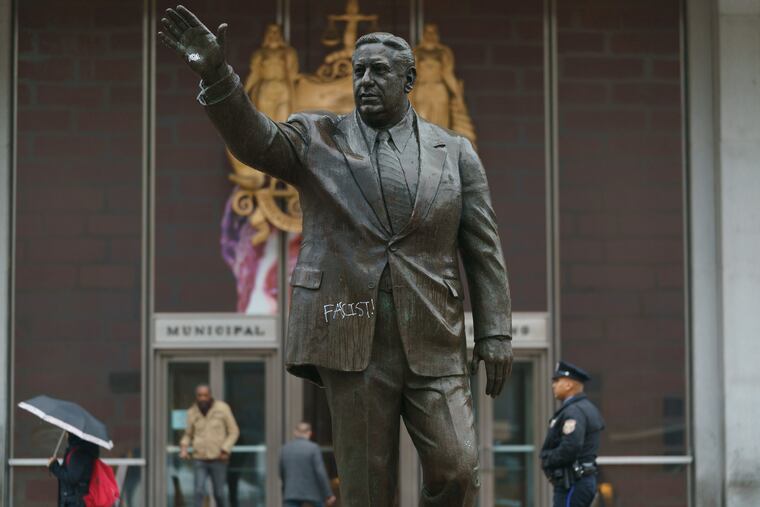The Frank Rizzo statue’s future is bungled yet again | Opinion
After years of repeated public calls for the statue's removal, this week saw another round of defacement and another change to its movement timeline.

After years of repeated public calls for the statue's removal, this week saw another round of defacement and another change to its movement timeline.
